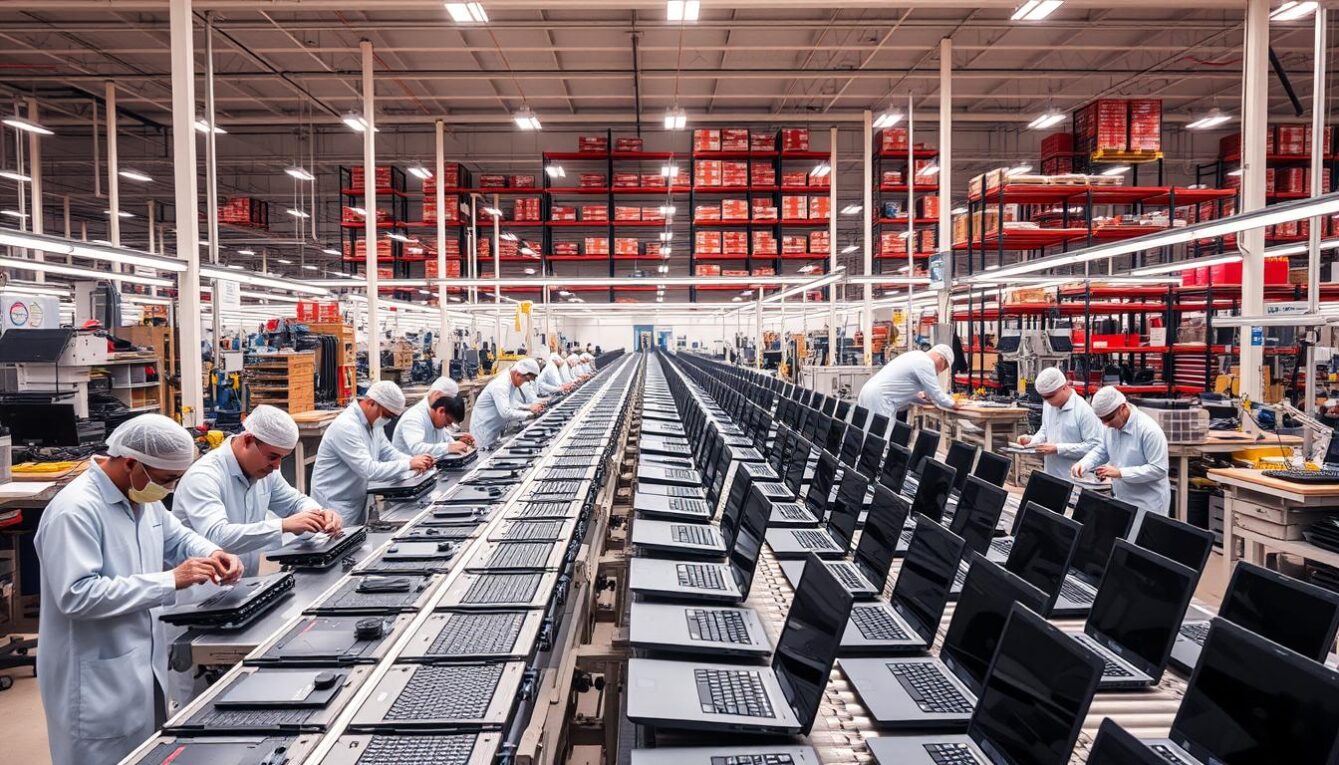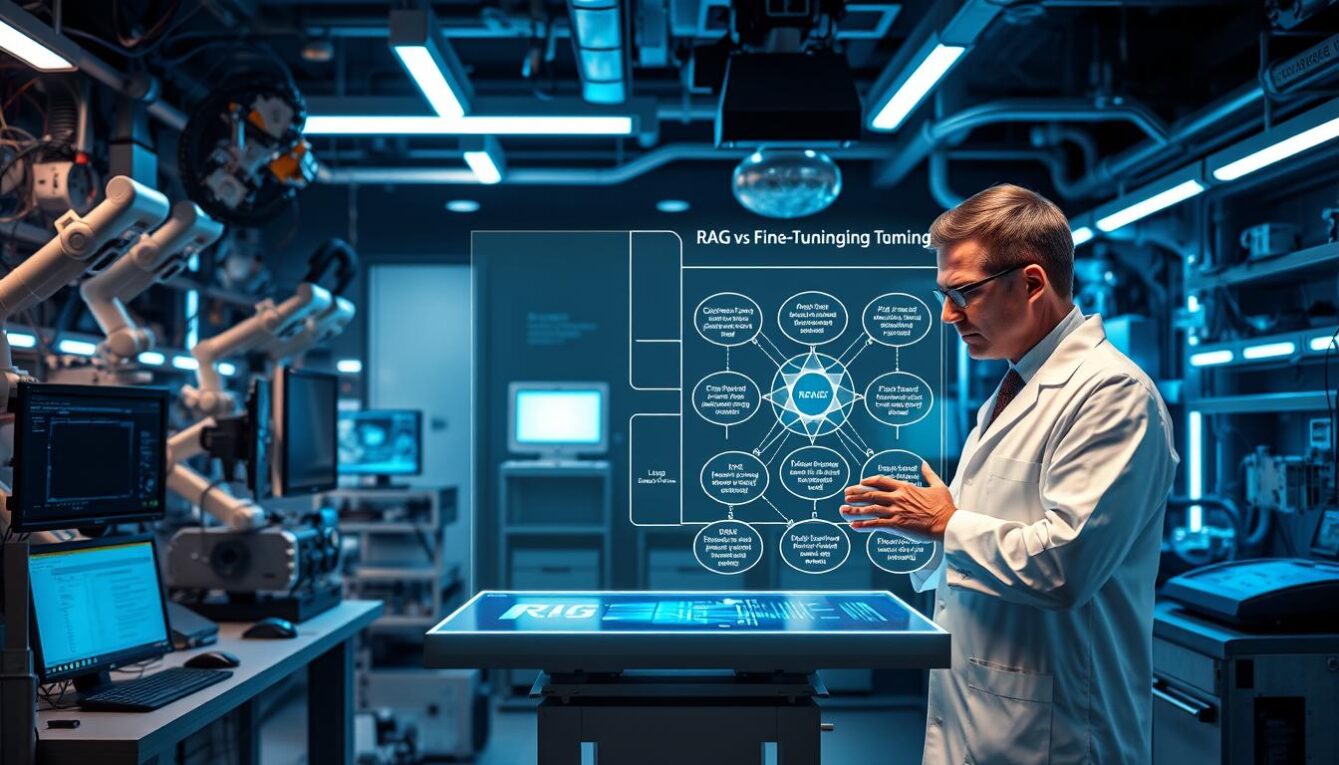When Algorithms Go Wrong: Analyzing the Impact of Poorly Trained Machine Learning Models ===
In the age of digital innovation, machine learning algorithms have become an integral part of our daily lives, powering everything from personalized recommendations to autonomous vehicles. However, as much as we rely on these algorithms, they are not immune to mistakes. Poorly trained machine learning models can have significant repercussions, leading to algorithmic mishaps and even catastrophic consequences. In this article, we will delve into the world of algorithm fails, exploring their causes, analyzing their impact, and learning valuable lessons for the future.
Oops, They Did It Again: Algorithms Gone Awry
Algorithms are designed to make our lives easier and more efficient, but sometimes, they go astray. These algorithmic mishaps can range from minor inconveniences to major disasters. From instances where facial recognition algorithms misidentify individuals or autonomous vehicles fail to detect obstacles, to social media algorithms spreading misinformation or reinforcing biases, the list is extensive. These errors can have significant implications on individuals and society as a whole. It is crucial, therefore, to understand the root causes of these algorithmic blunders and find ways to prevent them.
Unraveling the Chaos: Poorly Trained Machine Learning Models
The foundation of machine learning lies in training algorithms on vast amounts of data to make accurate predictions or decisions. However, poor training can lead to disastrous outcomes. When machine learning models are trained on biased or incomplete data, they can perpetuate existing biases or make incorrect predictions. These models lack the necessary understanding of the real-world context and can cause harm or make flawed decisions. As such, it is essential to ensure that training data is diverse, representative, and thoroughly vetted to avoid these chaotic situations.
When Machines Miss the Mark: Analyzing Algorithmic Mishaps
Algorithmic mishaps can happen due to a multitude of reasons. One key factor is the lack of diversity in the datasets used for training. If the data used to train an algorithm only represents a specific group or perspective, it can lead to biased outcomes when applied to a broader population. Additionally, insufficient or incorrect labeling of training data can also result in poor model performance. Furthermore, algorithms can fail when faced with scenarios that differ from their training data, as they lack the ability to generalize. Understanding these reasons is crucial in preventing algorithmic mishaps and ensuring that machine learning models are robust and reliable.
Analyzing Algorithmic Blunders: Lessons for the Future ===
As technology continues to advance, machine learning algorithms will play an increasingly significant role in our lives. To harness the full potential of these algorithms and minimize the risks, it is imperative to address the challenges surrounding poorly trained models. By diversifying training datasets, implementing rigorous quality control measures, and constantly monitoring and updating algorithms, we can avoid algorithmic blunders. Learning from past mistakes is the key to building a future where algorithms are powerful tools that enhance our lives, rather than sources of chaos and confusion.










